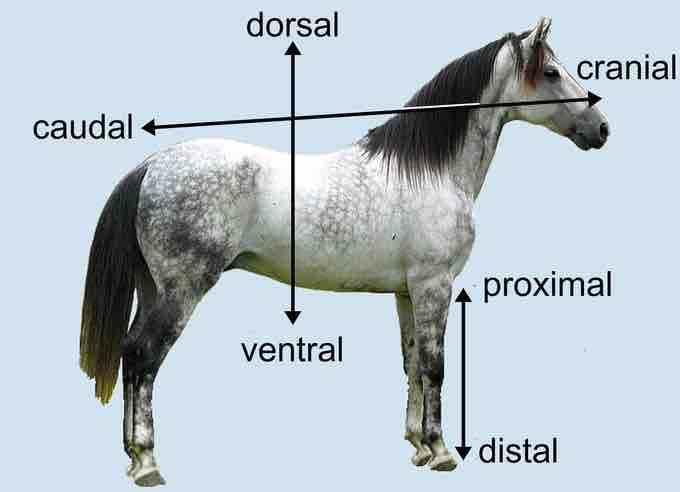Navigating Anatomy with Language
Directional terms provide precise descriptions of a structure's location. They allow a description of anatomical position by comparing location relative to other structures or within the rest of the body. Standard anatomical terms for direction include:
- Superior and inferior (cranial and caudal) are used when referring to parts of the body which are toward an end of the body. Superior structures are toward the head (cranial) while inferior (caudal) structures are toward the feet. Examples include the superior and inferior vena cava, which carry deoxygenated blood away from the head (superior) and from the lower body (inferior) to the heart.
- Anterior and posterior are sometimes used in place of superior and inferior, respectively. These words are used more often for animal anatomy and rarely and only with very specific meaning in human anatomy. Anterior refers to the side of the structure facing up in the standard anatomical position while posterior refers to the bottom side. For example, the pituitary gland has an anterior and posterior side, each of which secretes different types of hormones.
- Dorsal and ventral are sometimes used in place of anterior and posterior, respectively. Dorsal means the back side or upper side, while ventral means the frontal or lower side. These are mostly used with animal anatomy, but can be used in human anatomy as long as they are describing the side of an appendage. One example is the dorsal fin in fish, found on the upper side of the fish's body.
- Lateral is used to describe anything closer to the sides of the body (toward the arms, in the standard anatomical position), while medial is used to describe anything toward the middle of the body. In general, many structures of the human body are bilateral and symmetrical with the middle of the body, such as the lungs or the arms.
- Deep refers to structures closer to the interior center of the body. For example, bones in an appendage are located deeper than the muscles. Superficial is used to describe structures that are closer to the exterior surface of the body. For example, the outer layers of skin are superficial to deeper layers of skin.
- Proximal and Distal describe one point relative to another. Proximal refers to a point closer to the reference point while distal refers to a point farther away. When describing appendages, the proximal end of the appendage connects the appendage to the body, while the distal end is away from the body.

Diagram of anatomical terms
Directional axes in a tetrapod.
This image uses a drawing of a horse to demonstrate the terms cranial, caudal, proximal, distal, dorsal, and ventral.